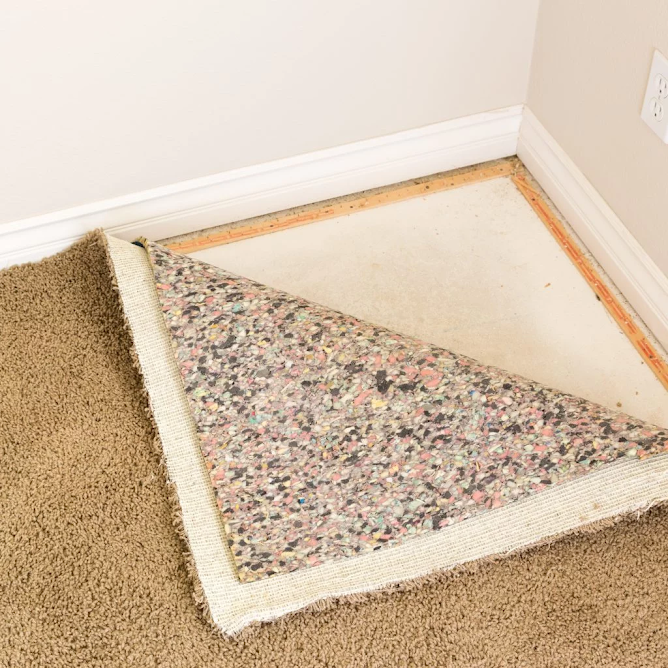How to Save Water and Money with Artificial Grass: A Sustainable Landscaping Solution
Artificial Grass, also known as synthetic turf, is a surface made of synthetic fibers that looks and feels like natural grass. It has become an increasingly popular choice for individuals and businesses looking to create an attractive and low-maintenance outdoor space. In this article, we will explore the various benefits and drawbacks of artificial grass, as well as factors to consider before making your purchase.
Advantages of artificial grass
One of the primary advantages of artificial grass is its low maintenance requirements. Once installed, it does not need to be mowed, watered, or fertilized to maintain its appearance. This can save homeowners and property managers a significant amount of time and money compared to traditional grass lawns. Additionally, it can be installed in areas where natural grass is difficult to grow, such as shady or rocky regions.
Environmentally friendly
Artificial grass is also an environmentally friendly choice. Since it doesn't require watering, it can help conserve water resources in areas that experience droughts or water shortages. It also eliminates the need for harsh fertilizers and pesticides that can harm wildlife and pollute water sources.
Benefit of synthetic turf
Another benefit of synthetic turf is its durability. It is designed to withstand heavy foot traffic and inclement weather conditions, making it an excellent choice for high-traffic areas such as sports fields, playgrounds, and commercial properties.
More expensive than traditional grass
However, there are also some drawbacks to consider when choosing artificial grass. It can be significantly more expensive than traditional grass, particularly if it needs to be custom-designed to fit a specific area. It also has a somewhat artificial appearance and texture, which can be a turn off for some individuals who prefer the look and feel of natural grass.
synthetic turf can become hot during
Furthermore, synthetic turf can become hot during the summer months, which can make it uncomfortable to walk or play on for extended periods. It is important to consider this factor, particularly if you live in a warm climate or plan to use the grass for athletic purposes.
Aesthetic and functional requirements
Before purchasing Artificial Grass, it is essential to consider several factors. These include the size and shape of the area where it will be installed, the intended use of the grass, and your budget constraints. You should also research different types of synthetic turf to find one that meets your aesthetic and functional requirements.
Conclusion
Artificial grass offers several benefits over traditional grass lawns, such as low maintenance requirements, durability, and environmental sustainability. However, it also has some drawbacks to consider, such as its cost and artificial appearance. By carefully weighing these factors and doing your research, you can make an informed decision about whether artificial grass is the right choice for your property.



Comments
Post a Comment